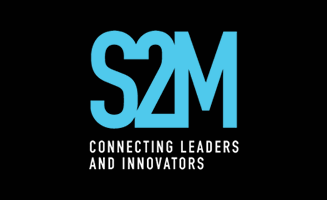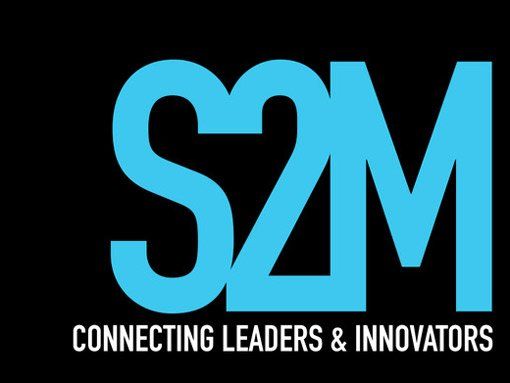The trend towards un-automation
What is un-automation?
To be clear, what this looks like is taking the raw customer data and sifting through it, taking much smaller sample sizes of customers, and analysing them “manually”, using qualitative reporting to gather trends. Taking a single customer and analysing their individual needs means understanding all your customer base’s needs subsequently. We don’t need huge graphs and charts, we need empathy and understanding.
What do you do with the marketing data then?
Marketing data is a gold mine. For digital marketing, the gold mine of data that can be obtained from Google Adwords, Social Media and other tools forms the foundation on which almost all digital campaigns are built.
Campaign analytics is not what it used to be either. Nowadays we often don’t appreciate the huge volumes of data we have at our disposal. As these tools become increasingly sophisticated, marketers find themselves looking for the big nuggets of truth amongst the data. What we don’t realise is that we already have all the nuggets we need. Regarding knowing customer behaviours and other macro trends, quite often these are so widely known that they become assumptive.
Un-automation involves taking data sets and studying them at their raw level. There are so many graphs and other trends that you can take from a large spreadsheet of data, but un-automation involves analysing a single line of data and extrapolating as much information as physically possible in relation to the customer as an individual.
Is it better?
Un-automation isn’t necessarily a better method, but it can present you with an alternative method of campaign analysis, which is especially useful if a campaign didn’t yield the best results. There have been a few cases I’ve seen recently where the marketing manager was struggling with understanding why her campaign was struggling. After some careful and thorough analysis, to take the time to understand the individual needs of some of the customers she had, she renewed the campaign with a focus on the individuals needs. As I understand it, this has lead to the campaign yielding far more this time around.
There’s no school like the old school
This type of analysis is a very “old-school” mentality. It involves market segmentation, needs analysis and other soft-skill type approaches to the campaign. It isn’t easy, but it’s worth it in the end.
At times in digital marketing we can get caught up looking at the numbers. The numbers only tell us certain aspects of campaigns, such as impressions, target demographics and other key metrics. It’s only when we take a step back and look past the numbers that we can see the real customer motivators.






